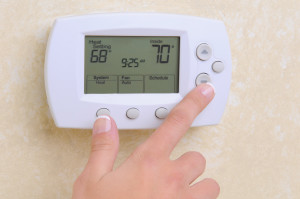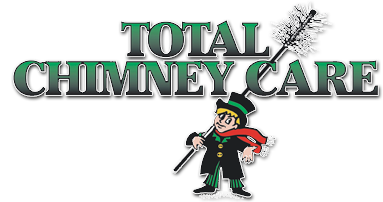 Home heating bills account for nearly half of the average U.S. homeowner’s energy usage, meaning the majority of your home’s utility costs go toward heating or cooling. As cold weather sets in, you could save yourself money by performing a home energy audit, or having one performed by a professional. A home energy audit will help you discover where hot air is escaping your home during the cold weather months. Fixing these energy weak spots in your home can save you money on heating costs.
Home heating bills account for nearly half of the average U.S. homeowner’s energy usage, meaning the majority of your home’s utility costs go toward heating or cooling. As cold weather sets in, you could save yourself money by performing a home energy audit, or having one performed by a professional. A home energy audit will help you discover where hot air is escaping your home during the cold weather months. Fixing these energy weak spots in your home can save you money on heating costs.Track down air leaks
Air leaks are the number one killer of heating efficiency in the home, and the ideal starting place for a home energy audit. The most common points for air leaks are around windows and doors, gaps in baseboards, attic doors, wall switches, electrical outlets, junctures between walls and ceilings, foundation seals, existing weather stripping, and fireplace dampers. On a cold day, you will want to examine all of these places to determine if cold air is finding its way into your home. Rattling windows or sunlight streaming through door frames or window frames are another sign that you’re losing heat. Outside your home, you also should inspect any areas where two building materials meet, as there can be gaps that would allow your warm air to escape. If you do find air leaks, you will want to seal the gaps that are letting cold air in. That can be done using caulking, weather stripping, or the original sealing material. Some jobs, like a leaky fireplace damper, may require professional help to stop the draft.
